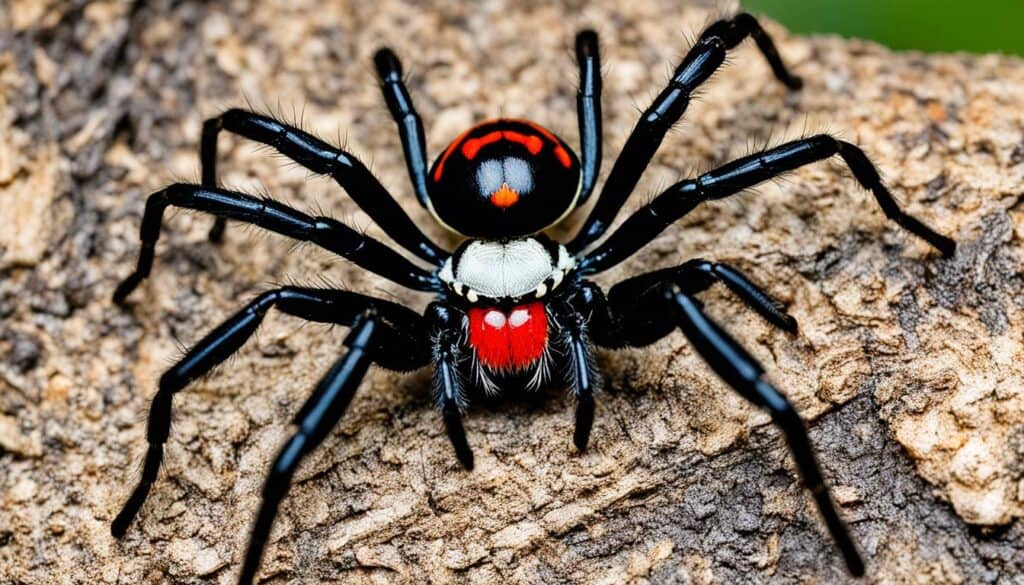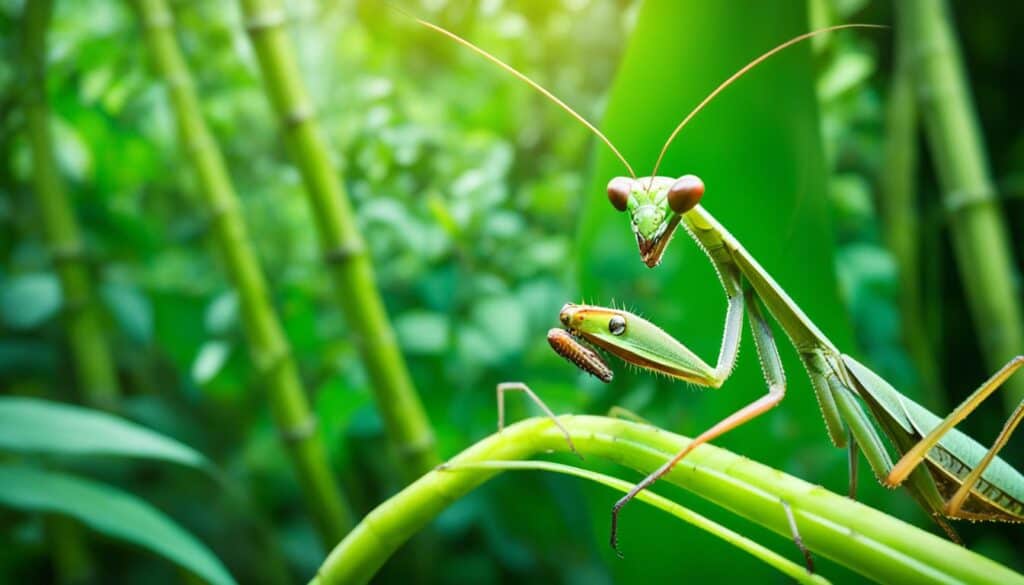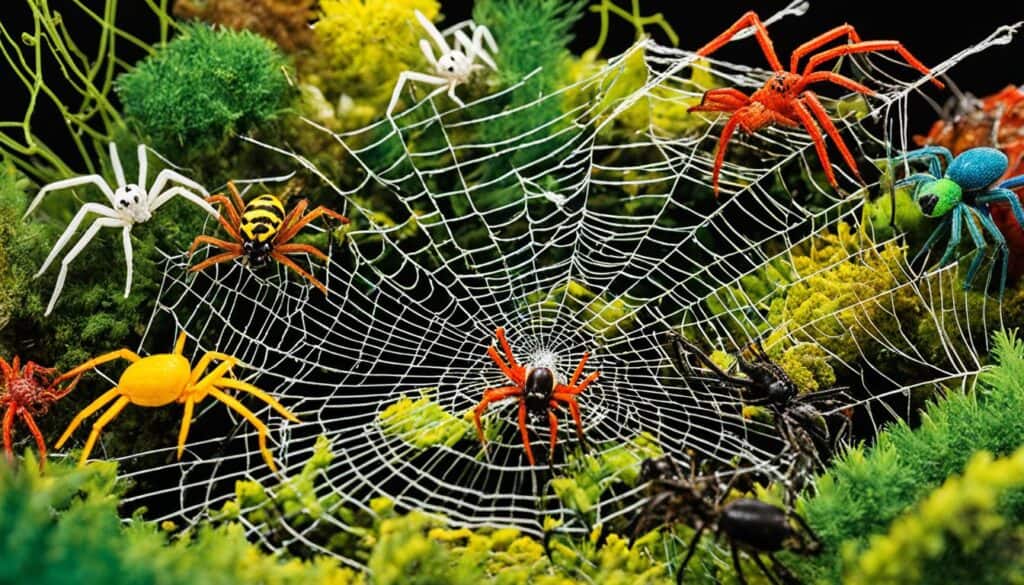Did you know a Joro spider’s web can stretch over 10 feet wide? Imagine bumping into that web during a morning run! These Asian giants have been in Georgia since 2014. They probably hitched a ride in shipping containers, making them “unwanted guests.”
It’s weird thinking how these colorful spiders spread faster than my last diet effort. They’re mainly in north Georgia, upstate South Carolina, and western North Carolina. And now, they might move to places like Boston, bringing more spiders instead of baked beans. Their swift spread and breeding could harm our ecosystems since they have no natural enemies here.
Key Takeaways
- Joro spiders can create massive webs, up to 10 feet wide, adding a new hurdle to our daily walks.
- Originally from Asia, these spiders have been documented in U.S. since 2014, likely arriving via shipping containers.
- Concerns exist regarding their potential spread toward Northeastern cities like Boston due to weather patterns.
- The absence of native predators in the U.S. could allow Joro spiders to propagate unchecked, impacting local ecosystems.
- While Joro spiders look intimidating, their venom poses no danger to humans or pets.
Introduction to the Joro Spider
Ever felt like you were in a sci-fi movie when you spotted a big, bright spider? Well, meet your new eight-legged buddy, the Joro spider. They’re known for their big size and bold yellow and silver stripes. These spiders first arrived in North America in 2014, showing up in three counties in Georgia. And let’s face it, Georgia has never been the same since.
Identifying a Joro spider is pretty easy, thanks to their standout look. These spiders make huge webs, up to 3 feet wide, often found among tall plants or structures. It’s a sight that could even make Spider-Man envious.
Joro spiders have started popping up more, spreading through northern Georgia and nearby states at about 10 miles per year from 2014 to 2022. You’re likely to find them beside roads, in woods, and along fences. They just hang out in their big webs as if it’s totally normal.
There’s plenty of false info out there about these spiders. No, they won’t turn you into Spider-Man if they bite. Despite their big size and vivid color, their venom isn’t a real threat to humans or pets. They’re actually quite peaceful, sticking to a diet of moths and small beetles.
One cool thing about them is their ballooning capability. This isn’t about actual flying but a clever method where young Joro spiders use silk to catch the wind. They can drift for tens to hundreds of miles this way. It’s like hitchhiking, but with more spider silk. This ability helps them spread quickly across states like Alabama, Tennessee, and both Carolinas.
It’s also interesting to note their nesting habits. Female Joro spiders lay a single egg sac with 400–500 eggs, attaching it to various surfaces. And, mature females, which have a leg span of up to 4 inches, can be spotted in Georgia from late summer to early winter.
A key point about them is their amazing adaptability. They’re originally from northern Honshu, Japan, where it’s as cold as Pennsylvania in January. This means they could spread further north in the U.S. So, folks in Pennsylvania, get ready to welcome the Joro spiders.
Since 2014, the University of Georgia has been keeping an eye on the Joro spider. Although they haven’t reached the Midwest yet, their quick expansion suggests it’s just a matter of time. So, keep an eye out for these interesting spiders as they make their way through their new home.
Native Predators of the Joro Spider in Asia
Imagine moving to what seems like a predator-free paradise, only to discover your new habitat has no natural enemies. This is what Joro spiders face. Originating from Asia, including places like Japan and Taiwan, they had natural predators to keep their numbers in check. Now, in the U.S., life seems a bit too easy for them.
It’s not a simple competition they face. Think of it as a battle royale for resources. These spiders can lay 400-1500 eggs in their egg sacs. That means a lot of baby Joros might take over your garden if not stopped early!
In Asia, birds and wasps naturally control Joro spider populations. In the States, however, we’re still figuring out how to handle them. They out compete local species, eating pests like stink bugs and even some other spiders.
The spread of these spiders is astonishing. They were first seen in Hoschton, Georgia in 2013. Since then, they’ve expanded their reach to other areas, thriving with plenty of food and few enemies.
To manage their numbers, experts recommend removing their webs and the spiders themselves. If we don’t, we may find ourselves overwhelmed by spiders, waiting for a predator that hasn’t shown up yet.
Potential Natural Enemies in the United States
Our new friend, the Joro spider, has settled in the U.S. without natural foes to fear. Usually, birds and lizards feed on native spiders. Yet, Joro spiders live without such threats, as they’re newcomers.
Scientists are on the hunt for potential predators of Joro spiders. However, these spiders seem to avoid natural predators, complicating ecosystem control. Before acting hastily, we should think about invasive species prevention methods, rather than quick fixes.
Maybe larger birds and small mammals will start eating Joro spiders for balance. Imagine native birds treating Joro spiders as a delicacy. We’re watching to see if these predators change their diets to include Joro spiders.
Since arriving in Georgia in 2014, Joro spiders have spread fast. By October, they had taken over up to 751 km2. As of 2022, they’ve reached many U.S. counties and even other states.
Their spread is partly due to their unique ballooning ability. Picture baby Joro spiders floating in the air, claiming new areas. It’s unknown if some got help from humans. We’re waiting to see if local wildlife will adjust their diets or if new control strategies are needed.
Joro Spider Predators: Reality vs. Myths
When it comes to the Joro spider, there are many myths. Imagine a big spider, with bright yellow and silver stripes, showing up in your yard. You might want to panic. But hold on. Despite their venom, these spiders are not dangerous to people or pets. The venom is for insects, not us. And their fangs can’t pierce human skin. So, there’s no public health risk.
Most of the fear about these spiders comes from their size and the big webs they weave. Female Joro spiders can be really big, their legs stretching up to 4 inches. They look as big as a human hand. However, male Joro spiders are smaller, at just 0.3 inches long. Even though they’re big, these spiders won’t go after humans. Getting bitten by one is very rare.
Joro spiders are spreading fast in the southern U.S., especially in northern Georgia. Their area extends to North and South Carolina, and Tennessee, reaching Oklahoma. They handle cold well, so they could move across the eastern U.S. They also travel far by ballooning, a type of spider transport. They might spread faster if humans accidentally carry them.
Now, onto the truth: Joro spiders are good for our world. They eat pests like mosquitoes and stink bugs. These pests can harm crops. So, when you see a Joro spider, remember they’re not after you. They’d rather eat insects. It’s important to know the real story. These eye-catching spiders are not a threat but a slight nuisance.




